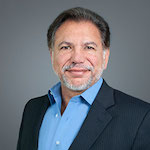Adult Stem Cell Therapy & Platelet Rich Plasma
PRP and Osteoarthritis of the Knee
There are three basic types of arthritis that may affect the knee joint.
1. Osteoarthritis
Osteoarthritis (OA) is the most common form of knee arthritis. OA is usually a slowly progressive degenerative disease in which the joint cartilage gradually wears away. Arthritis starts with cartilage damage and as the cartilage wears away underlying bone suffers changes which include hardened bone in some areas, softened bone in other areas and with time angular joint deformity can occur. Other than trauma, osteoarthritis can develop secondary to body habitus, chronic unrelenting use and sometimes people are predisposed genetically.
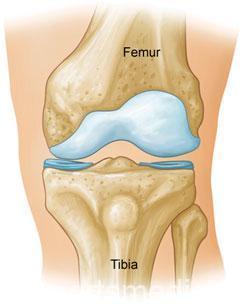
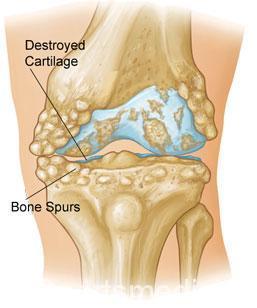
2. Rheumatoid Arthritis
Rheumatoid arthritis (RA) is an inflammatory type of arthritis that can destroy the joint cartilage. RA can occur at any age. RA generally affects both knees. This arthritis is an autoimmune process wherein substances in the patient’s own blood attack their joints.
3. Post-traumatic Arthritis
Post-traumatic arthritis can develop after an injury to the knee. This type of arthritis is similar to osteoarthritis and may develop years after a fracture, ligament injury, or meniscus tear.
Knee Osteoarthritis Treatment
Standard treatment may include oral pills or anti-inflammatory pills. Injections include cortisone and lubricating injections called viscosupplementation and finally surgery to include partial andtotal knee replacement.
Recently the application of PRP to cartilage injuries of joints and osteoarthritis has been gaining popularity. At Bennett orthopedics and Sportsmedicine, Dr. Bennett has been treating arthritis of the knee with PRP for over 6 years with very promising and exciting results.
PRP or platelet rich plasma is a concentrate of a patient’s own platelets which is processed from a blood draw from the patient’s veins. It is an in office procedure. The blood is placed into proprietary containers and centrifuged. The centrifuge splits out platelets, concentrates them and suspends them in a small amount of the patient’s plasma or the fluid portion of the blood.
PRP is anti-inflammatory, creates an anabolic joint environment reversing a catabolic or breakdown environment to one that is healthier. The platelets release growth factors that stimulate adult cells like cartilage cells and ligament cells to produce their extracellular matrix, stimulates local stem cells and recruits stem cells to the affected area.
Dr. Bennett notes that there is a 7 percent failure rate. He notes that each symptomatic compartment of the 3 compartments of the knee usually require an injection. He notes that the positive responders usually achieve 50-60 percent improvement with the first injection and that with all compartments treated , usually patients report 80-100 percent pain relief.
In fact he has noted that the joint space in arthritic knees can actually widen- see below.
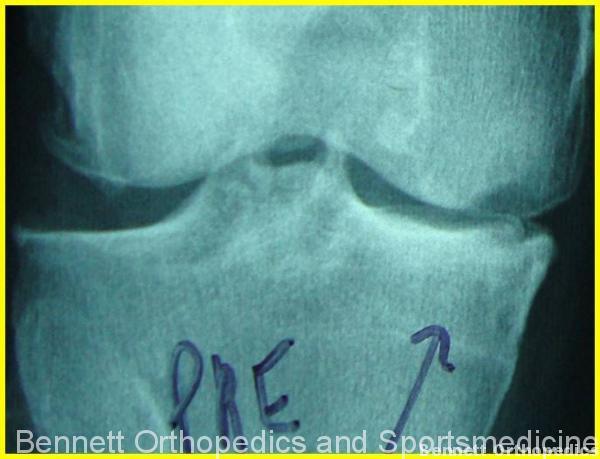
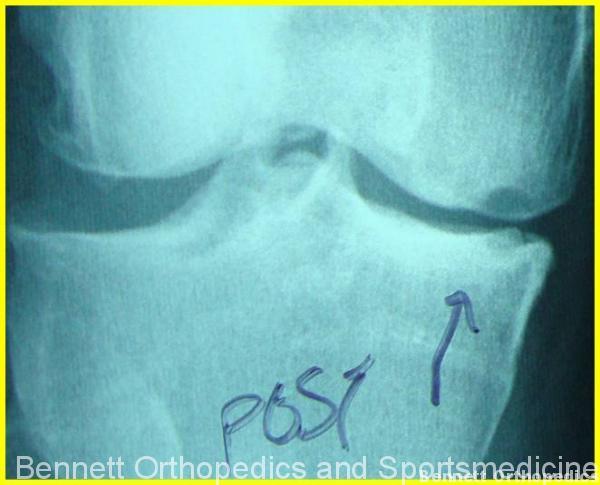
Anitua, in 2007 noted that PRP stimulates synoviocytes-(cells that are in your knee and make synovial fluid which is the lubricant fluid in your knee). This could be an explanation for the increasing joint space noted.
How long does it last?
Of the positive responders, 93 percent, he notes another 7 percent have come back between 12-18 months for repeat injections. He has noted a smaller subgroup returning at 30 months. So 80 percent of his treated patients have at least 4 years of symptom free relief. He is quick to add that those with angular deformities are often, following successful treatment, braced.
Studies have supported and continue to support its use.
Sanchez-2008, Sampson 2010, Wang-2010, Gobbi-2011, Napolitano-2012, Sparkova-2012, Mei-Dan-2012 are a few researchers who have shown positive results with PRP for osteoarthritis.
Elvieta Kohn MD, from the Rissoli Institute in Bolgna, Italy has presented studies showing that the effect of PRP can be more than 12 months.
Sanchez notes that the effect can last 24 months.
- nA Randomized Clinical Trial Evaluating Plasma Rich in growth Factors(PRGF-Endoret) Versus Hyaluronic Acid in the Short-Term treatment of Symptomatic Knee Osteoarthritis
- nSanchez M, Arthroscopy, August Vol.28, No. 8 2012
- nHyaluronic Acid Reduction in pain
- nPRGF- High percent reduction in pain
- nPRGF lasting out to 24 weeks
The American Academy of Orthopedic Surgeons now has recognized the benefits of PRP.
